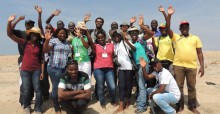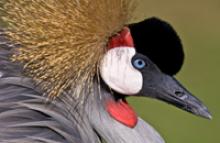The Red Sea is Egypt’s richest habitat in terms of biodiversity and is an internationally important route for many migratory waterbird species, especially soaring species. Sites face threats including from tourist activities, pollution and collection of bird eggs and chicks. This project proposes surveying of ten Red Sea islands which are Important Bird Areas (IBAs) and cover a diversity of important habitats for breeding, roosting and feeding of the birds, such as islands, mangroves, rocky and sandy beaches, isles, cliffs, open water, coral reefs, sea grass beds and tidal flats.




